I wandered down Bernauer Strasse at the Berlin Wall Memorial, and honestly, the city’s history felt almost tangible beneath my feet. This stretch, once split by a concrete barrier and armed guards, now stands as a powerful reminder of Berlin’s nearly thirty years of division.
The Berlin Wall Memorial (Gedenkstätte Berliner Mauer) preserves the last section of the Wall and shows exactly how it once cut through neighborhoods, families, and daily life. As I moved past preserved watchtowers and historical markers, I could almost see the stories of escape, loss, and hope that played out here.
My visit made me realize just how deeply the Wall shaped people’s lives and changed Berlin forever. The experience along Bernauer Strasse goes beyond what any textbook could offer and really brings the city’s divided past into sharp focus.
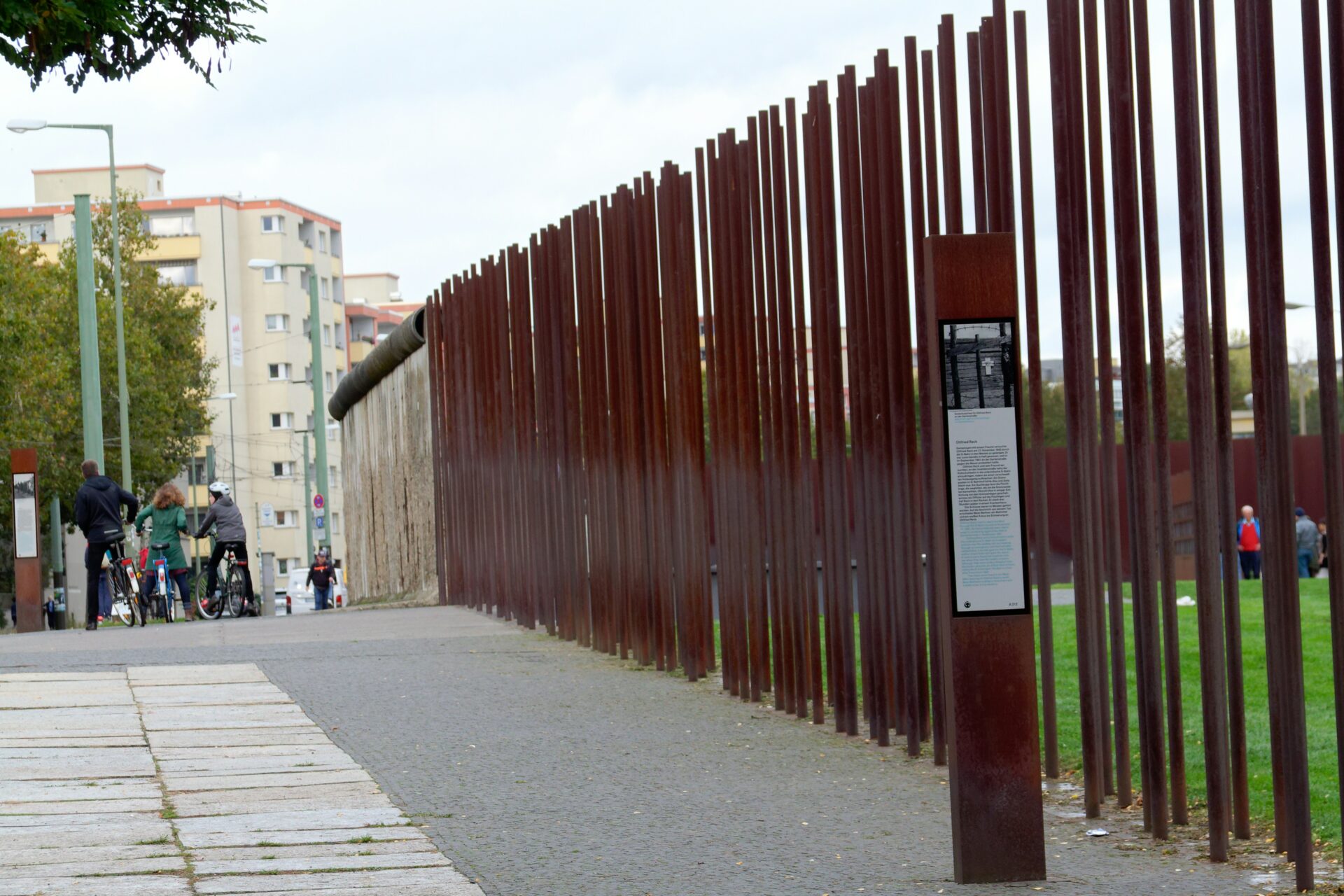
History and Significance of the Berlin Wall Memorial
The Berlin Wall Memorial stands as a stark reminder of Berlin’s past, documenting the era when East and West Berlin went their separate ways. When I visited, I got a first-hand look at the places and people deeply affected by the Wall.
Origins of the Berlin Wall and Division of Berlin
After World War II, the Allies split Berlin into four sectors: the United States, United Kingdom, France, and the Soviet Union. Tensions grew during the Cold War, eventually dividing the city.
East Berlin became the capital of communist East Germany, while West Berlin leaned toward western democracies. On August 13, 1961, East German authorities started building the Berlin Wall. They surrounded West Berlin, cutting it off from East Berlin and East Germany.
Armed guards, barbed wire, and a death strip (Todesstreifen) made the border nearly impossible to cross. This division lasted almost 30 years and touched every part of daily life. Families got separated, and people lost their freedom of movement.
The Wall became more than a barrier—it symbolized the Cold War itself and the clash between two worlds.
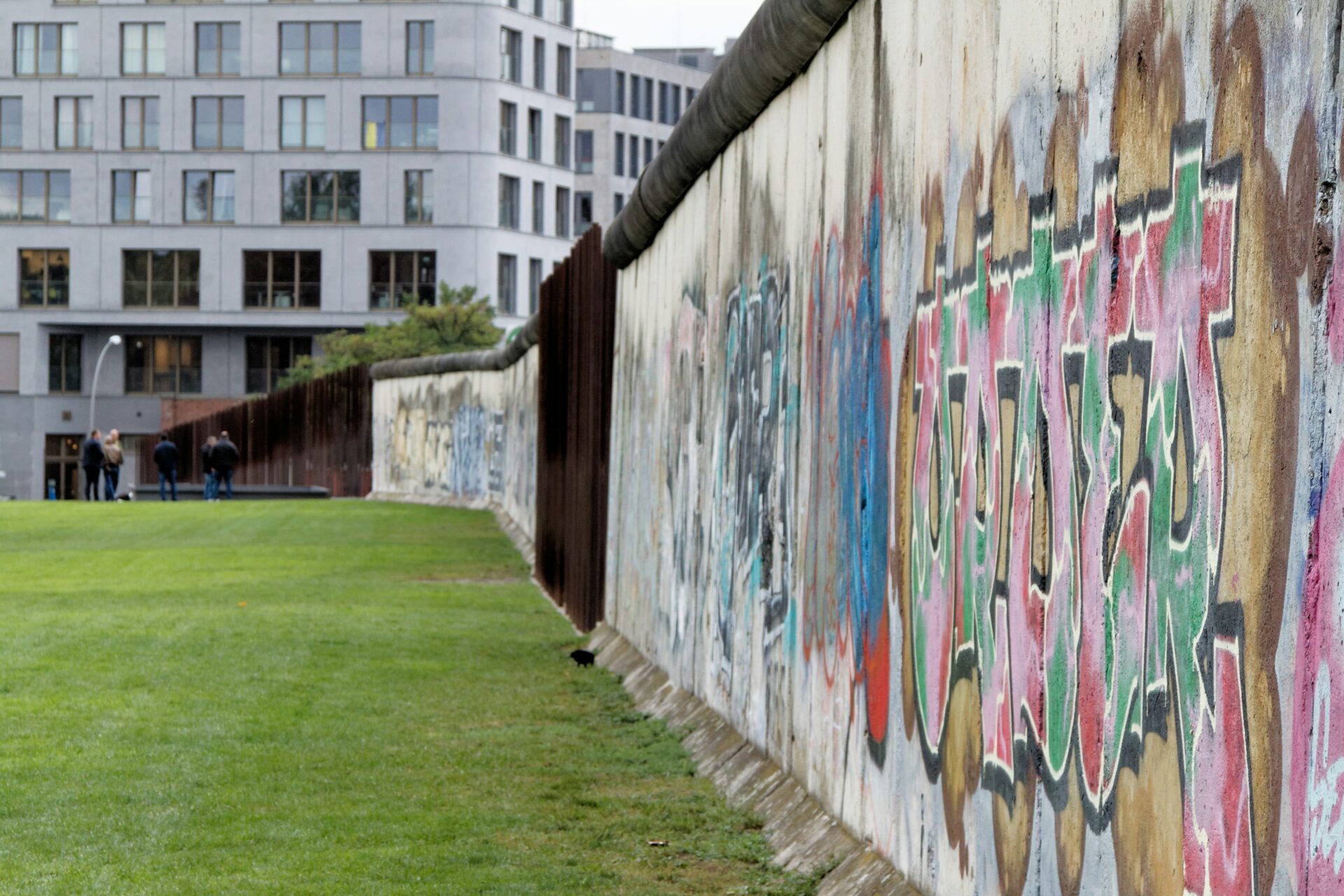
Bernauer Strasse: A Street at the Center of Division
Bernauer Strasse felt the Wall’s impact more than most streets. The border ran right along it, with buildings on one side in East Berlin and the sidewalk on the other in West Berlin.
Every day, the difference was plain to see. Early on, many East Berliners tried to escape to the West through Bernauer Strasse. Some leapt from their windows into West Berlin, while others dug tunnels beneath the street.
East German authorities bricked up doors and windows, deepening the sense of loss and separation. Today, Bernauer Strasse hosts the Berlin Wall Memorial (Gedenkstätte Berliner Mauer).
Markers, preserved Wall sections, and an open-air exhibition line the street. Visitors can see where the border once stood and learn how it shaped lives.

Commemorating Victims of Communist Tyranny
The Berlin Wall Memorial honors those who suffered and died because of the Wall. For years, people risked everything to cross from East to West Berlin, chasing freedom.
Many were caught; some died in the Todesstreifen (death strip), the open area between the two barriers. The Memorial lists the Wall’s victims and shares personal stories, photographs, and displays.
At the heart of the site, the Chapel of Reconciliation stands rebuilt where the East German government demolished the old church. Visiting the memorial, I saw the real cost of division.
The people remembered here aren’t just numbers. Their lives and dreams were cut short by politics and repression.

Exploring Bernauer Strasse: My Walk Along the Memorial Grounds
As I walked the length of Bernauer Strasse, I stumbled upon sites that made the Berlin Wall’s history feel immediate and raw. The memorial grounds revealed preserved landmarks, observation points, and chilling reminders of the border’s impact.
Notable Landmarks Along Bernauer Strasse
Bernauer Strasse wasn’t just a street—it was a boundary that split families and friends. I spotted original sections of the Berlin Wall, bits of the border fence, and the line where East met West.
Metal markers in the pavement show where escape attempts happened. I paused at the Chapel of Reconciliation, a humble structure built where the original church once stood.
An open-air exhibition runs along much of the memorial. It’s filled with photos, first-hand accounts, and maps. These displays tell the stories of escape attempts—some successful, others tragic.
Near the Gartenstrasse intersection, I found Wall segments left standing to show the original construction. Touching those cold slabs, I felt connected to the city’s divided past.
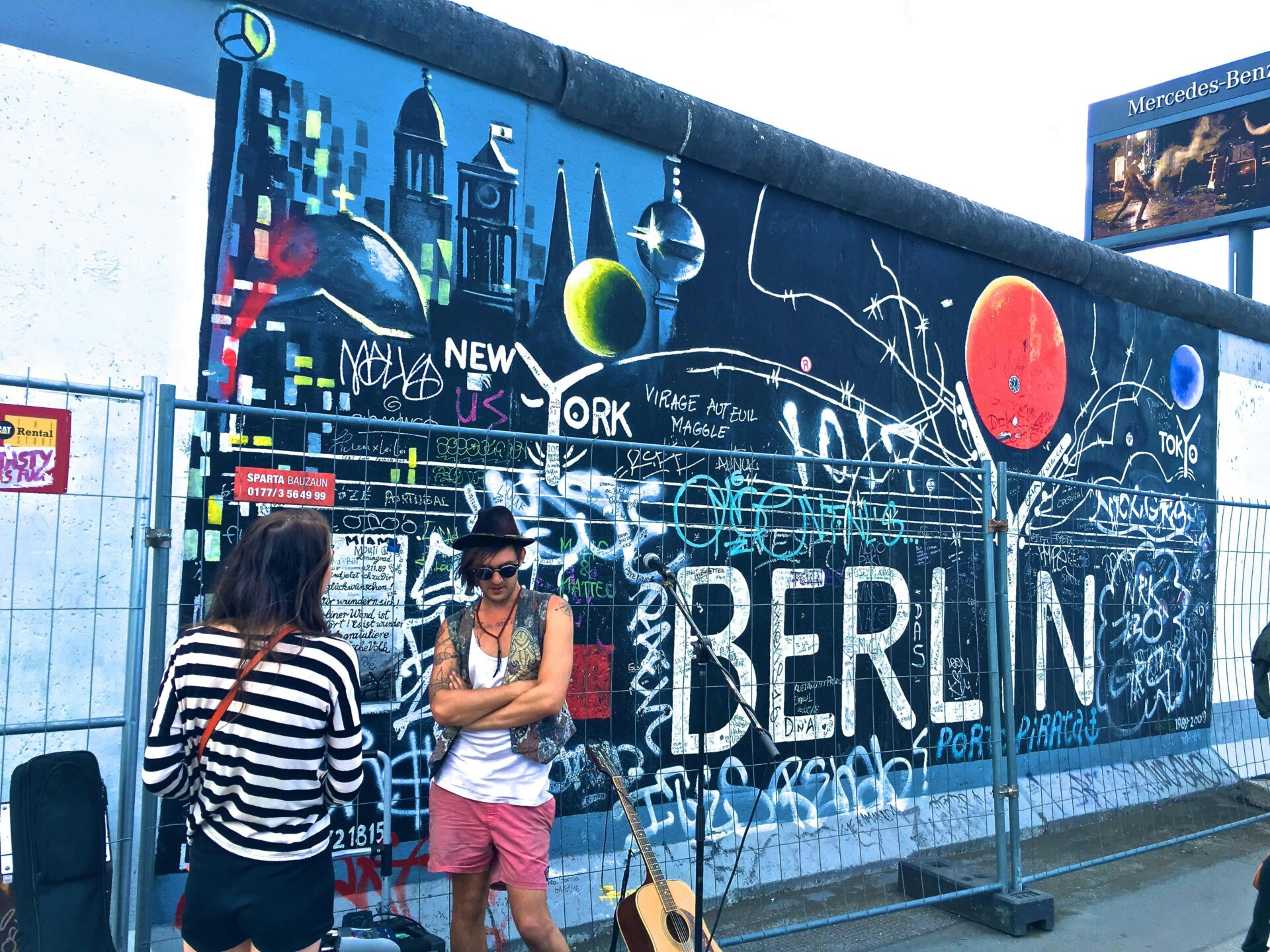
Observation Tower and Viewing Platform
The observation tower stands out among the memorial’s highlights. I climbed the narrow stairs to the viewing platform above.
From the top, I could see the full width of the border strip, often called the “death strip,” which ran between inner and outer walls. The platform puts into perspective just how exposed escapees were.
Informational boards help you spot landmarks like guard paths, trenches, and light posts. Seeing things from above really drove home how strictly the border was enforced.
The tower is a reconstruction, but it sits right where an original watchtower once stood. Looking out over Berlin, I could almost sense the lengths authorities went to in order to keep the city split.
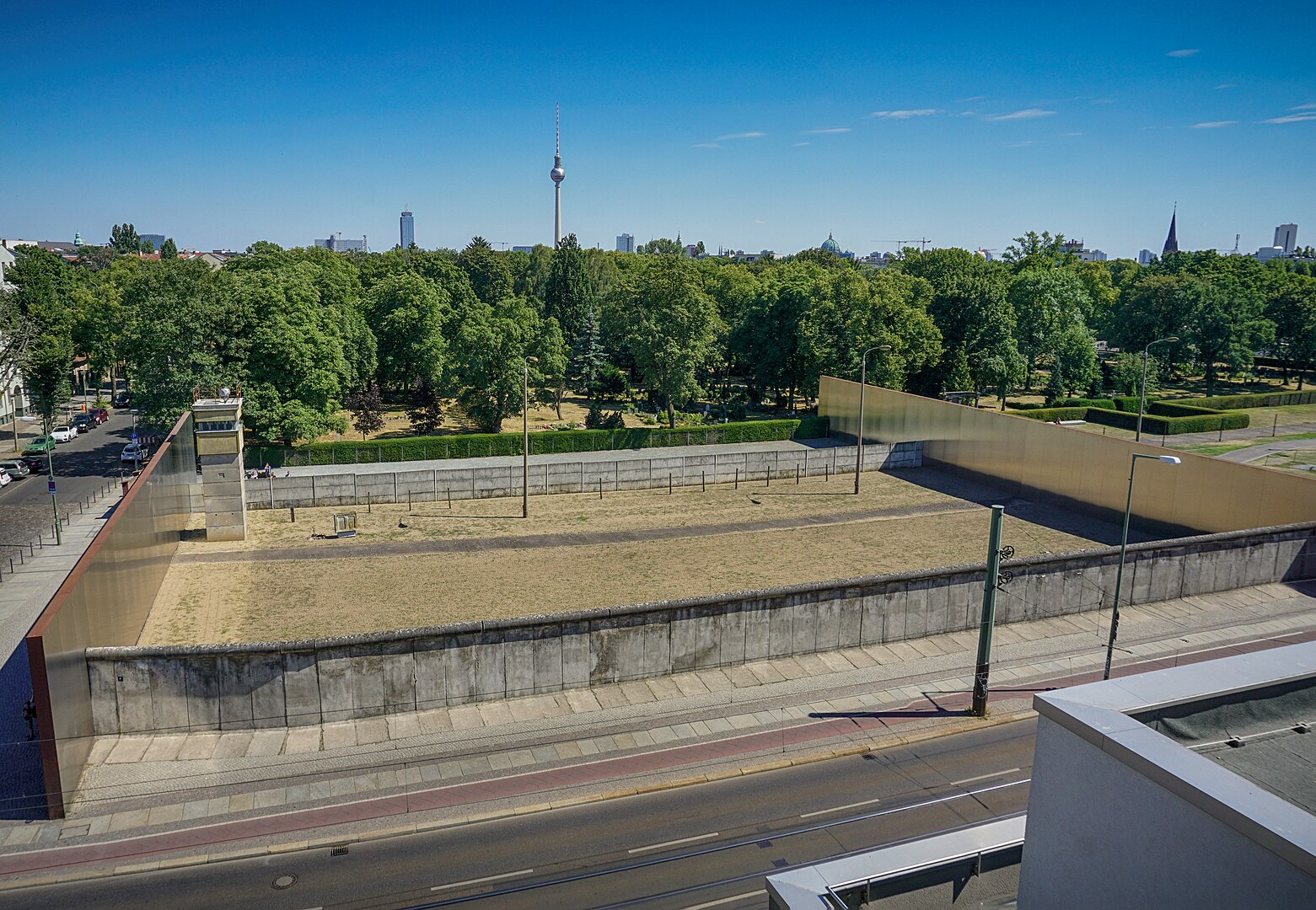
Witnessing the Death Strip and Border Fortifications
Walking beside the death strip, I saw where layers of fortification once stood. This area stayed clear of obstacles, covered with sand or gravel to reveal footprints and make escape attempts obvious.
Signs and remnants of border fortifications dot the grounds. Anti-vehicle trenches and fence lines are marked or rebuilt, giving a glimpse of no-man’s-land.
At several spots, remembrance plaques honor those who died trying to cross. Their names and stories sit in public view, quiet but persistent reminders of the risks people took for freedom.
By walking along this stretch of Bernauer Strasse, I saw with my own eyes how history left deep scars on both the street and the city. The border fortifications, death strip, and guard towers made the past feel uncomfortably close—a vivid lesson in Berlin’s history.
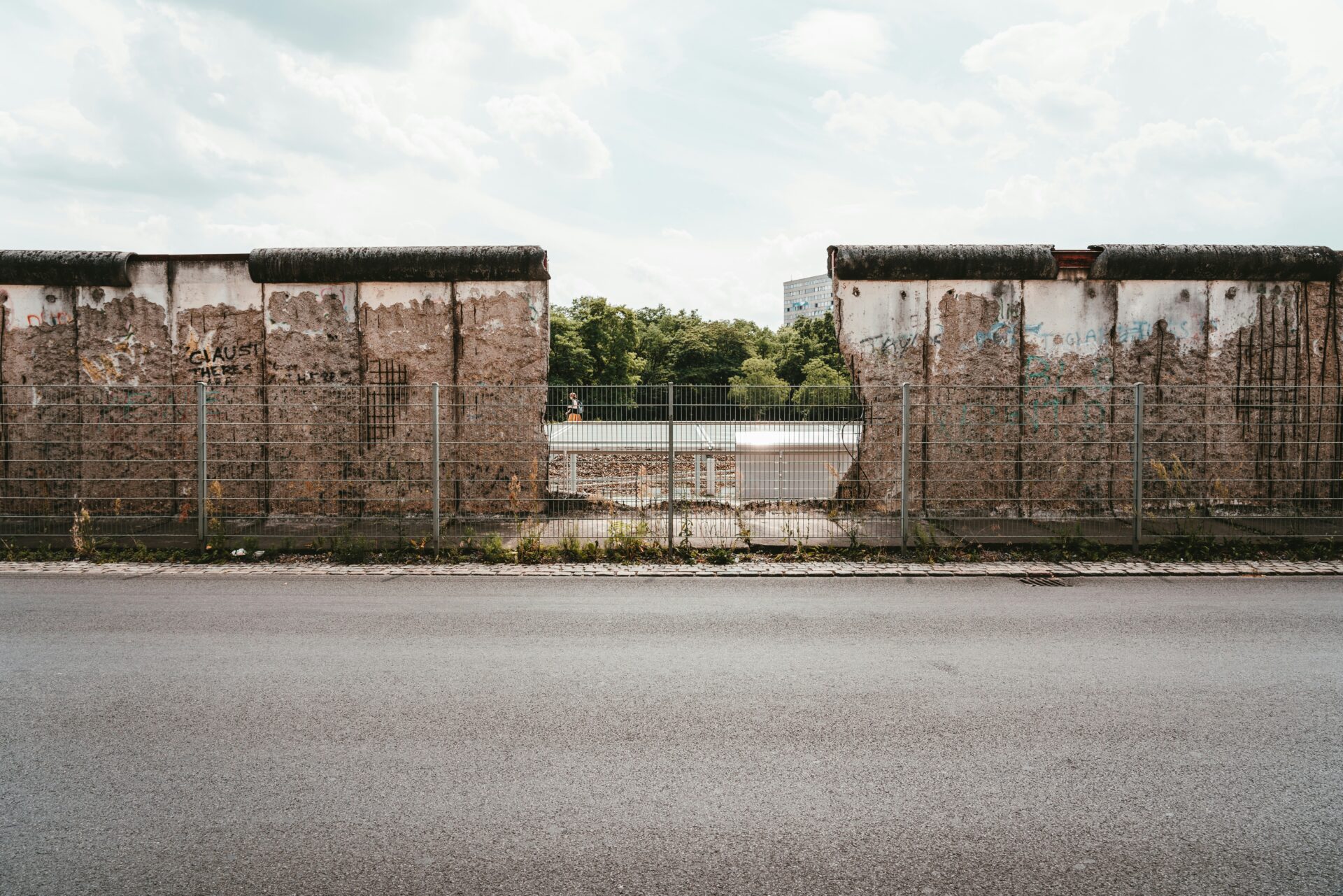
Key Sites and Exhibitions at the Berlin Wall Memorial
At the Berlin Wall Memorial, I found several places that really brought Berlin’s divided past to life. Each site preserves parts of the border and tells the stories of people whose lives changed forever.
Outdoor Exhibition and Historical Remnants
I started my walk along Bernauer Strasse, where the Outdoor Exhibition stretches for about 1.4 kilometers. The open-air area includes original Wall sections, the border strip, fences, and a watchtower.
As I wandered, I saw the “death strip” and border installations much as they looked in the late 1980s. Signs explain key events, escape stories, and daily life, all divided by concrete and wire.
The exhibition uses photos, audio stations, and short biographies. Standing by the preserved Wall and watchtower, the history felt incredibly real. The outdoor exhibit made it easy to grasp how the Wall once sliced through Berlin.
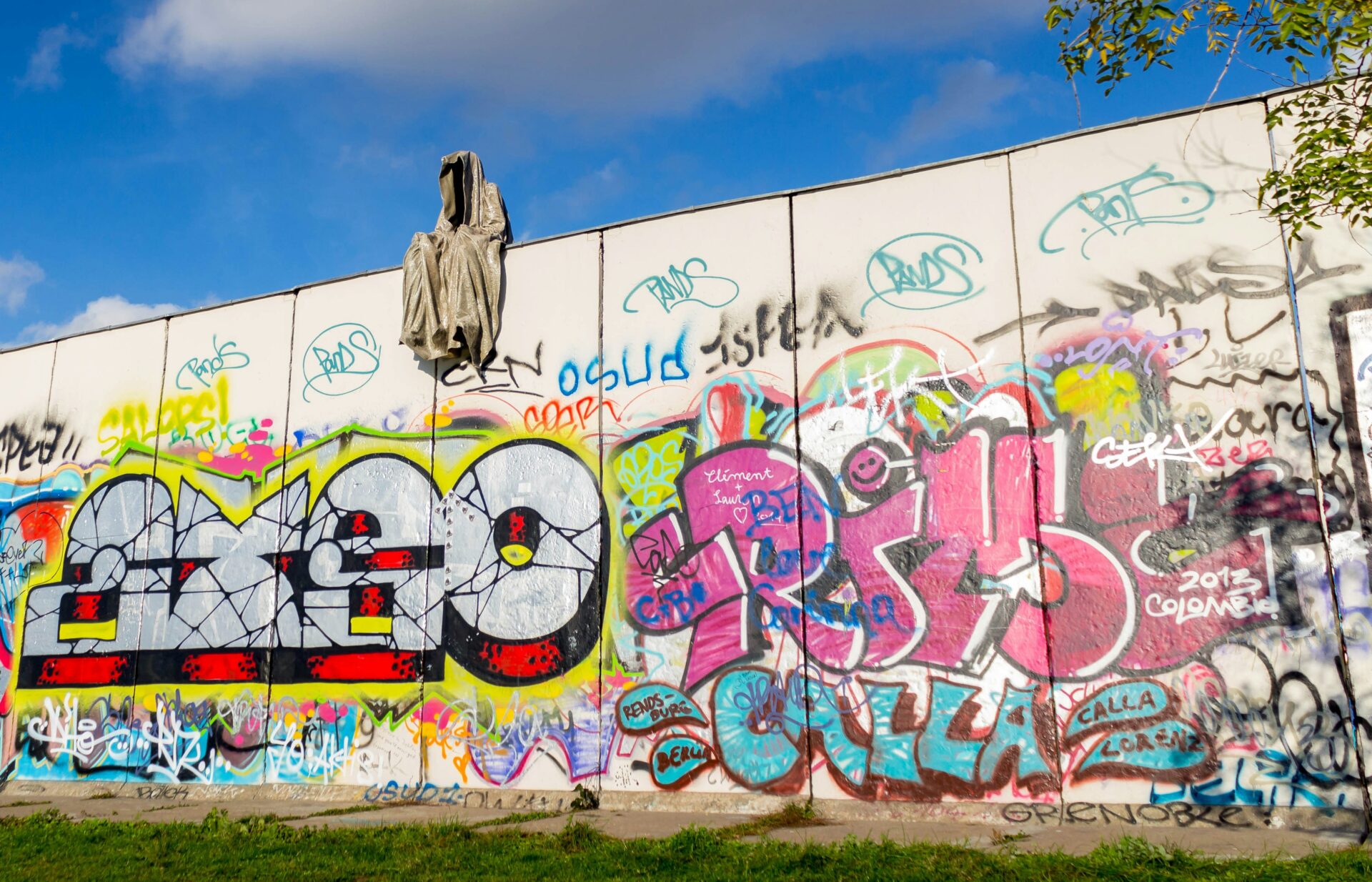
Documentation Center and Exhibitions
Near the outdoor memorial, I stopped at the Documentation Center at Bernauer Strasse 111. This center anchors the site with information and context.
The permanent exhibition, “1961 | 1989. The Berlin Wall,” explores how the Wall was built, why it happened, and what it left behind. Displays use texts, videos, and personal stories in both German and English.
I found detailed maps tracing the border through Berlin. The observation tower inside the center gives a view over the memorial area, letting you see the border layout from above.
Interactive displays and original objects help explain why the Wall went up and what daily life was like on both sides. I’d say the Documentation Center is a must for anyone who wants to dig deeper.
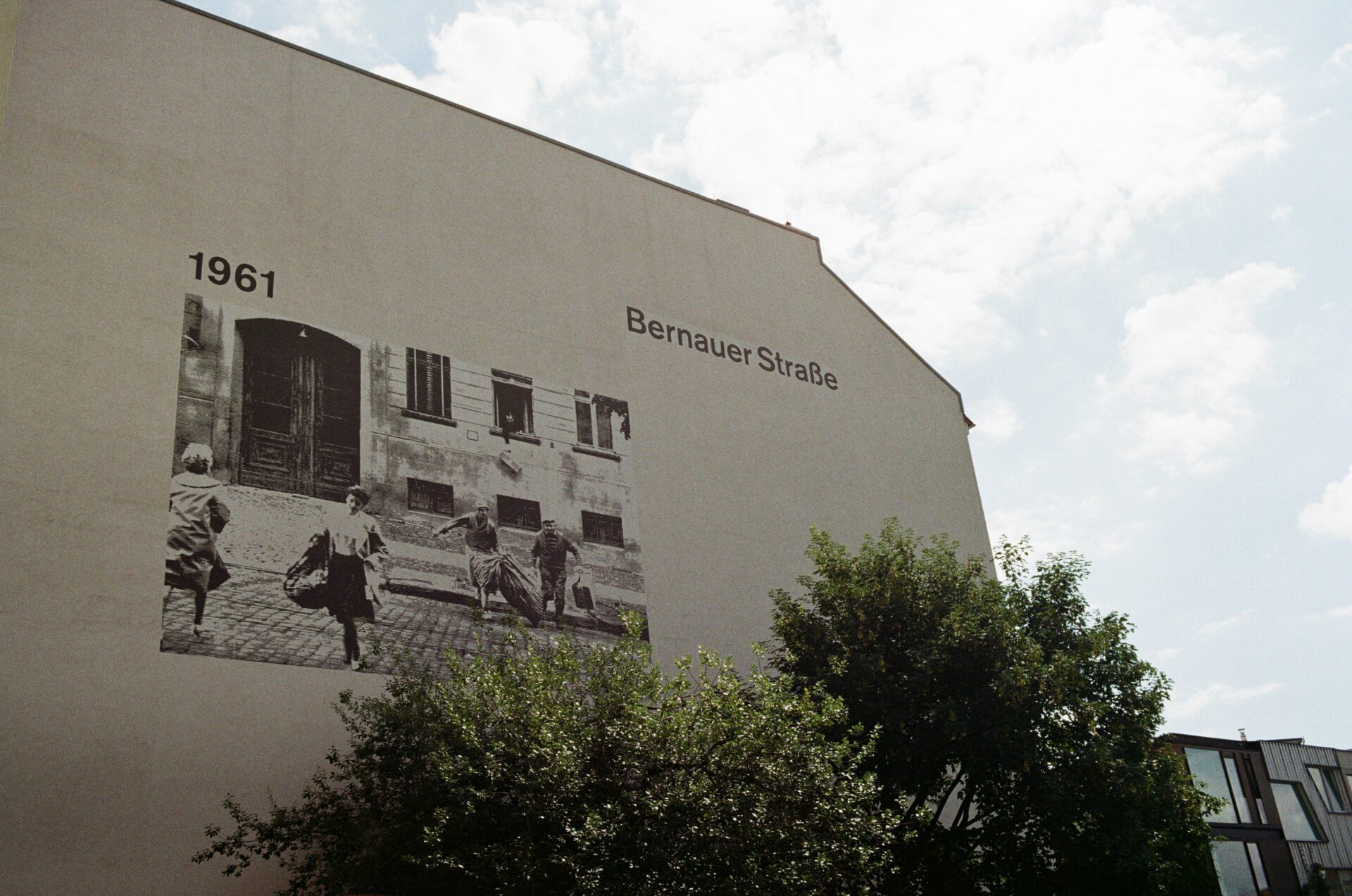
Window of Remembrance
The Window of Remembrance sits quietly along Bernauer Strasse, honoring people who died trying to cross the Wall. Rows of simple glass panels show the names and faces of those who lost their lives escaping East Berlin.
Walking past, I found it a moving reminder of what was at stake for people living with the Wall. Short texts and pictures tell personal stories, putting a human face on the tragedy.
This little memorial made me stop and reflect. I read about the different ways people tried to escape and how each loss rippled through families and the city. The clear design keeps the focus on remembrance and respect.
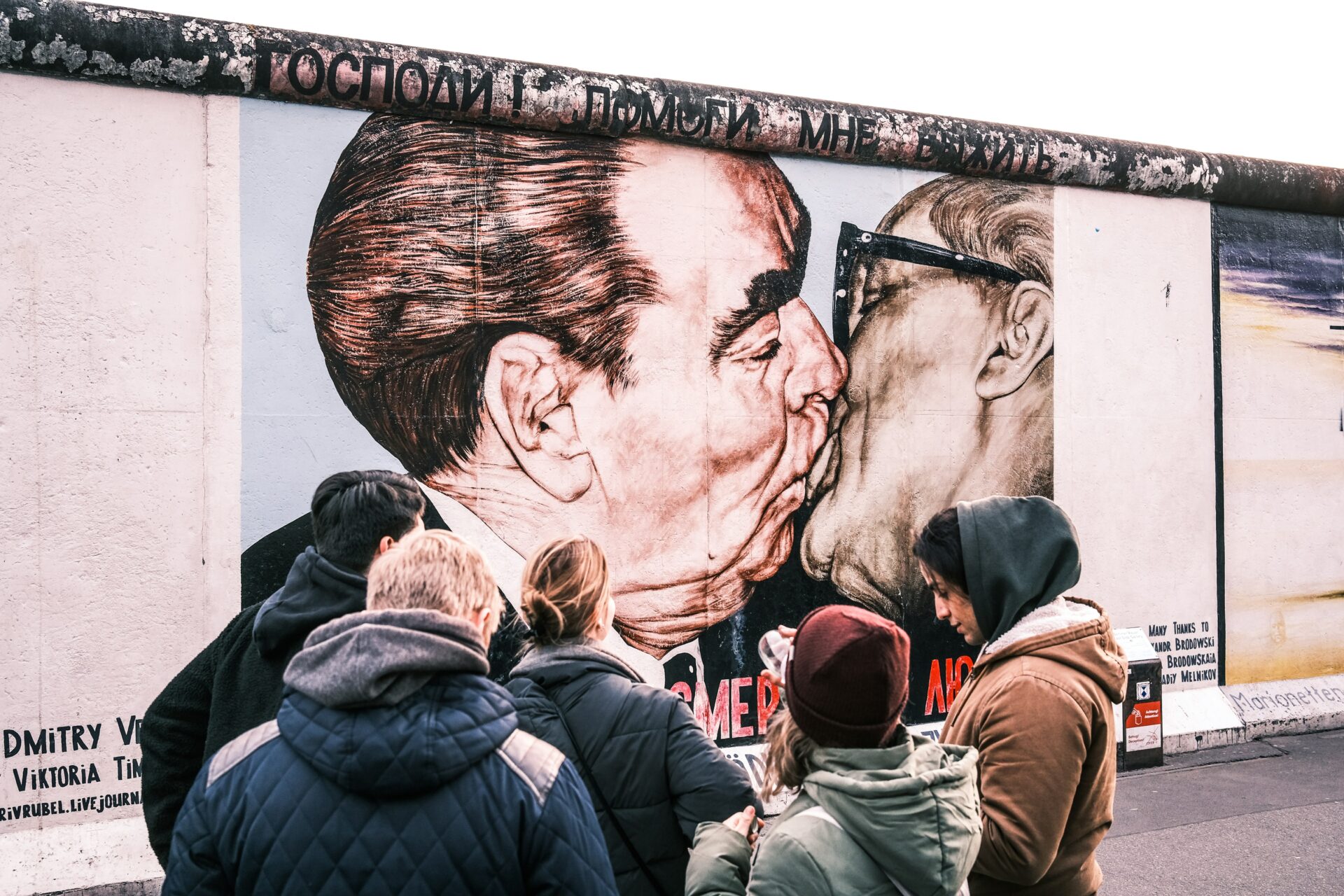
Chapel of Reconciliation and Church of Reconciliation
The Chapel of Reconciliation now stands where the original Church of Reconciliation once did. The old church was destroyed in 1985 because it stood in the border strip.
The new chapel, built with clay and wood, feels like a symbol of hope and healing. Inside, I found a peaceful place for prayer and reflection.
The small altar and walls made from local clay reminded me of Berlin’s scars and resilience. The Chapel hosts services and exhibitions about the church’s history and the border.
I learned how the community kept faith, even when the original church was closed and torn down. Now, the chapel stands as a message of peace where division once ruled.
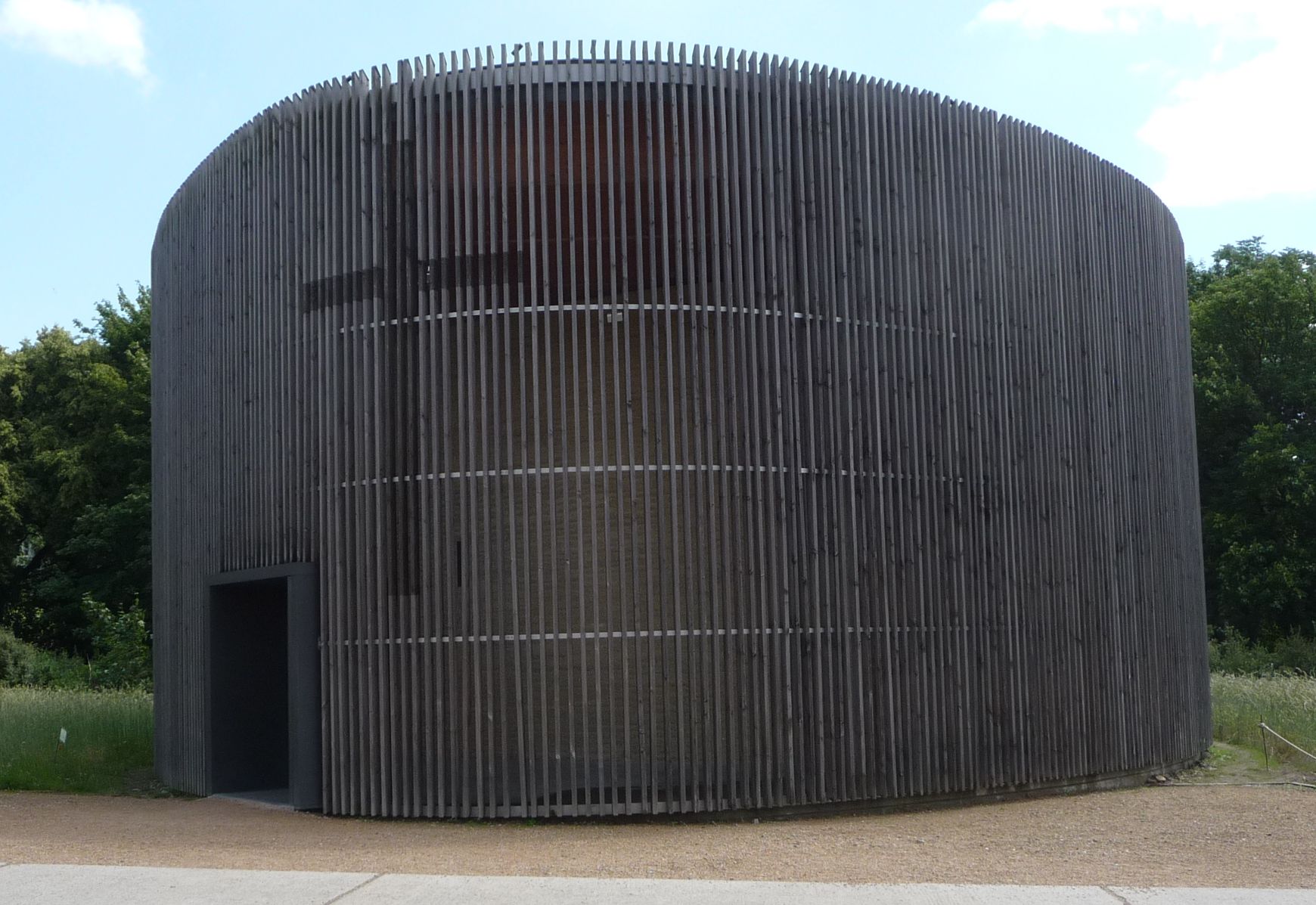
Stories of Escape and Everyday Life in Divided Berlin
Walking along Bernauer Strasse, the real stories of Berliners divided by concrete, wire, and politics hit me hard. Daily life often revolved around daring escapes, secret tunnels, and the eerie silence of deserted underground stations.
Escape Attempts and Tunnels
Bernauer Strasse became famous for bold escape attempts from East to West Berlin. After the Wall shot up in 1961, families found themselves split overnight.
I read about people who risked everything climbing from windows, digging tunnels, or even crawling through the sewers below. Several escape tunnels started right under Bernauer Strasse.
Groups of friends dug carefully at night, using homemade tools, all in search of freedom. Some tunnels, like those beneath Ackerstraße, helped dozens get out.
Not every attempt worked—some were caught, and others died trying. Their courage makes me pause and appreciate the risks people took for a shot at a better life.
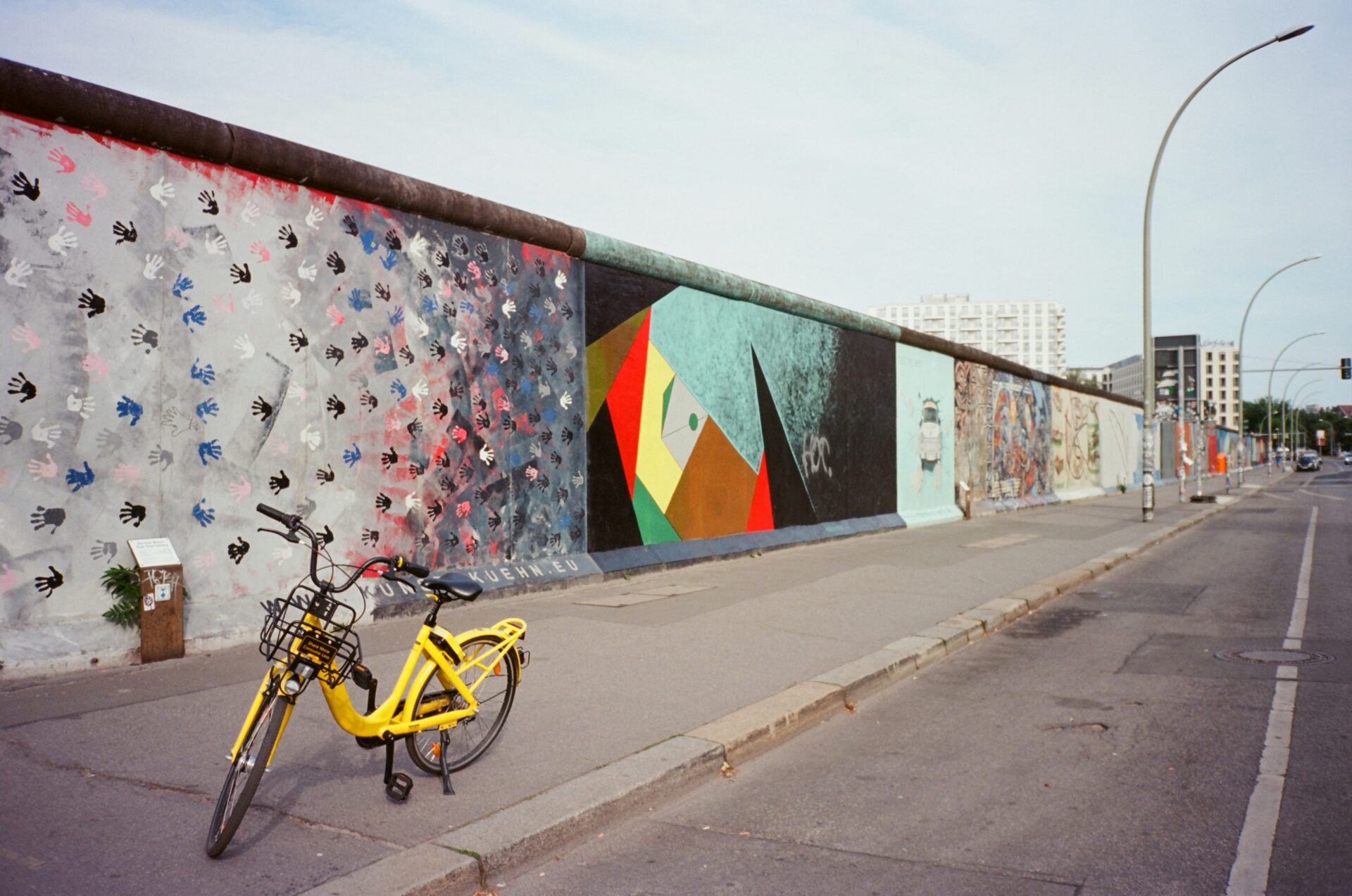
Ghost Stations and Public Transport
After the Wall went up, Berlin’s public transport got weird. Some subway lines from West Berlin ran through East Berlin, but trains didn’t stop at those stations.
They called these “ghost stations”—silent, dimly lit, watched by armed guards. I looked at old maps and saw familiar lines broken by checkpoints.
Even tram routes between East and West Berlin were cut. Border stations, like those in Bernauer Strasse’s tunnels, turned into eerie, silent places where people barely spoke.
For years, passengers rode through in silence, anxious in the darkness, afraid to even glance out the windows until they were back in the West.
Key Facts:
| Feature | East Berlin | West Berlin |
|---|---|---|
| Ghost Stations | Closed, heavily guarded | Trains passed through |
| Public Transport Links | Severed or restricted | Some lines rerouted |
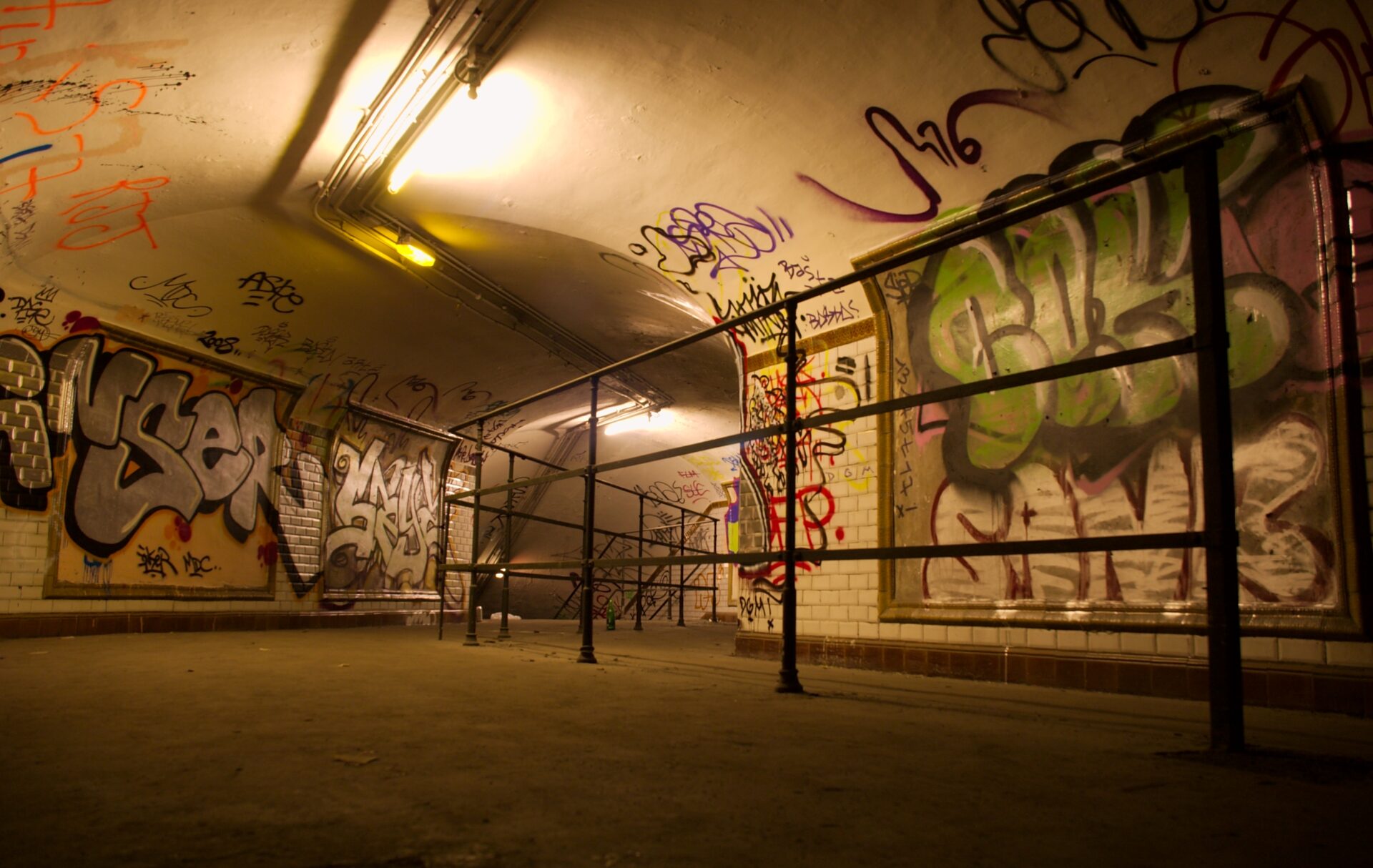
Es Geschah an der Mauer: Personal Testimonies
At the Berlin Wall Memorial, the open-air exhibit Es Geschah an der Mauer (“It Happened at the Wall”) really moved me. Here, personal stories put faces to history.
Testimonies from people on both sides tell of love, loss, fear, and hope. Some remember watching friends escape across the border; others describe daily life under surveillance.
The stories reveal small acts of kindness and defiance, even in the Wall’s shadow. Reading these plaques and listening to testimonies at Bernauer Strasse reminded me that history is made up of real people—families, workers, friends—just trying to get by in impossible conditions.
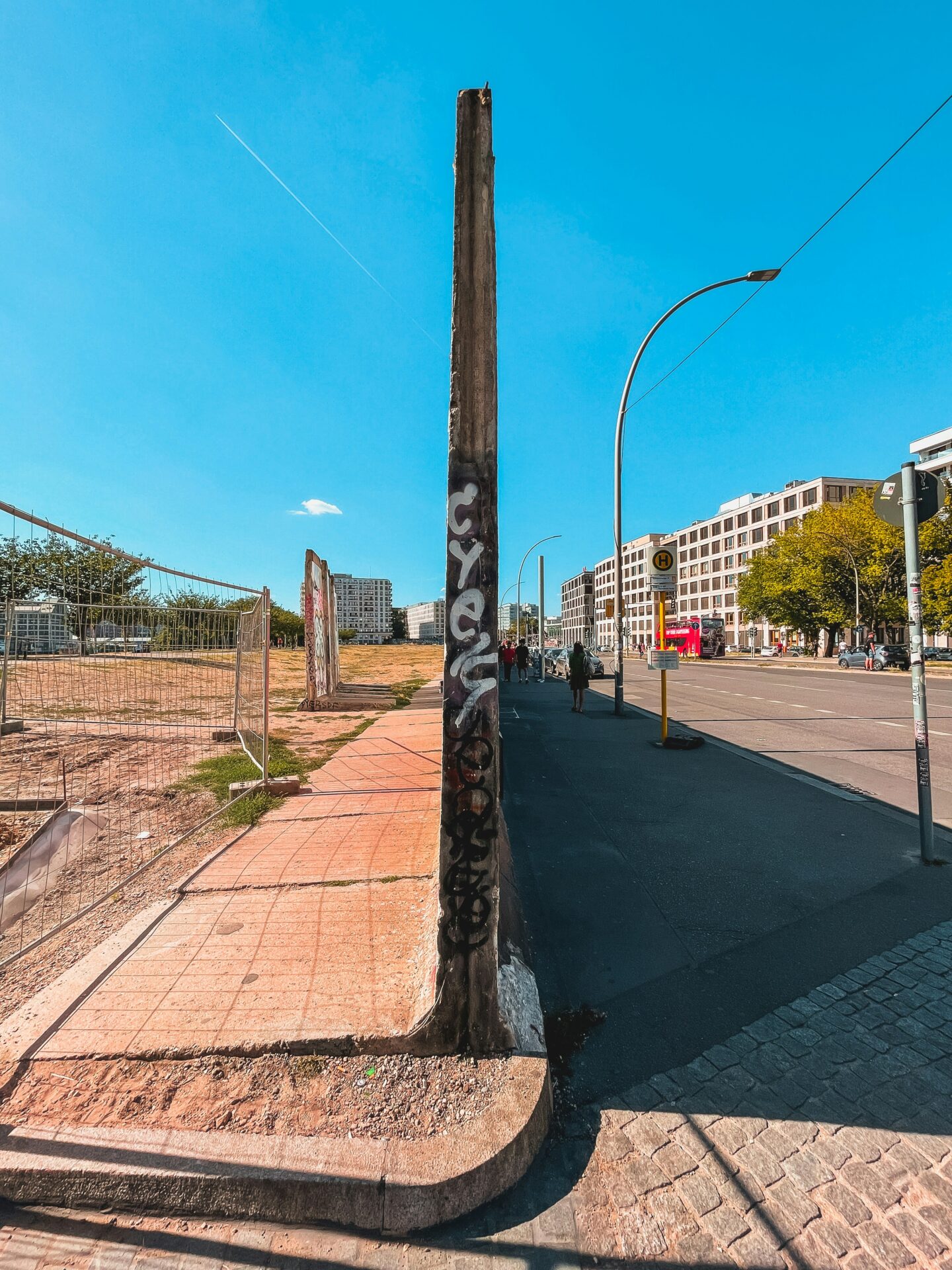
Visiting the Memorial: Essential Information and Practical Tips
When I planned my visit to the Berlin Wall Memorial, I wanted to make the most of my time at Bernauer Strasse. Getting the practical details right made the experience smoother and more meaningful.
Visitor Center and Guided Tours
The Visitor Center is the best place to start. I found maps in several languages, current information, and helpful staff.
There’s a small bookshop and restrooms too. I decided to join a guided tour, which helped me understand more about the Wall’s history and the stories behind escape attempts.
Tours run in English, German, and other languages if you book in advance. The guides know their stuff and answered questions clearly.
To arrange a tour, I contacted Visitor Services ahead of time. If you’d rather explore on your own, pick up a free audio guide at the center.
Displays and diagrams near the Wall offer plenty of context for a self-guided visit. The main exhibition is well-organized and easy to follow, even if you skip the tour.
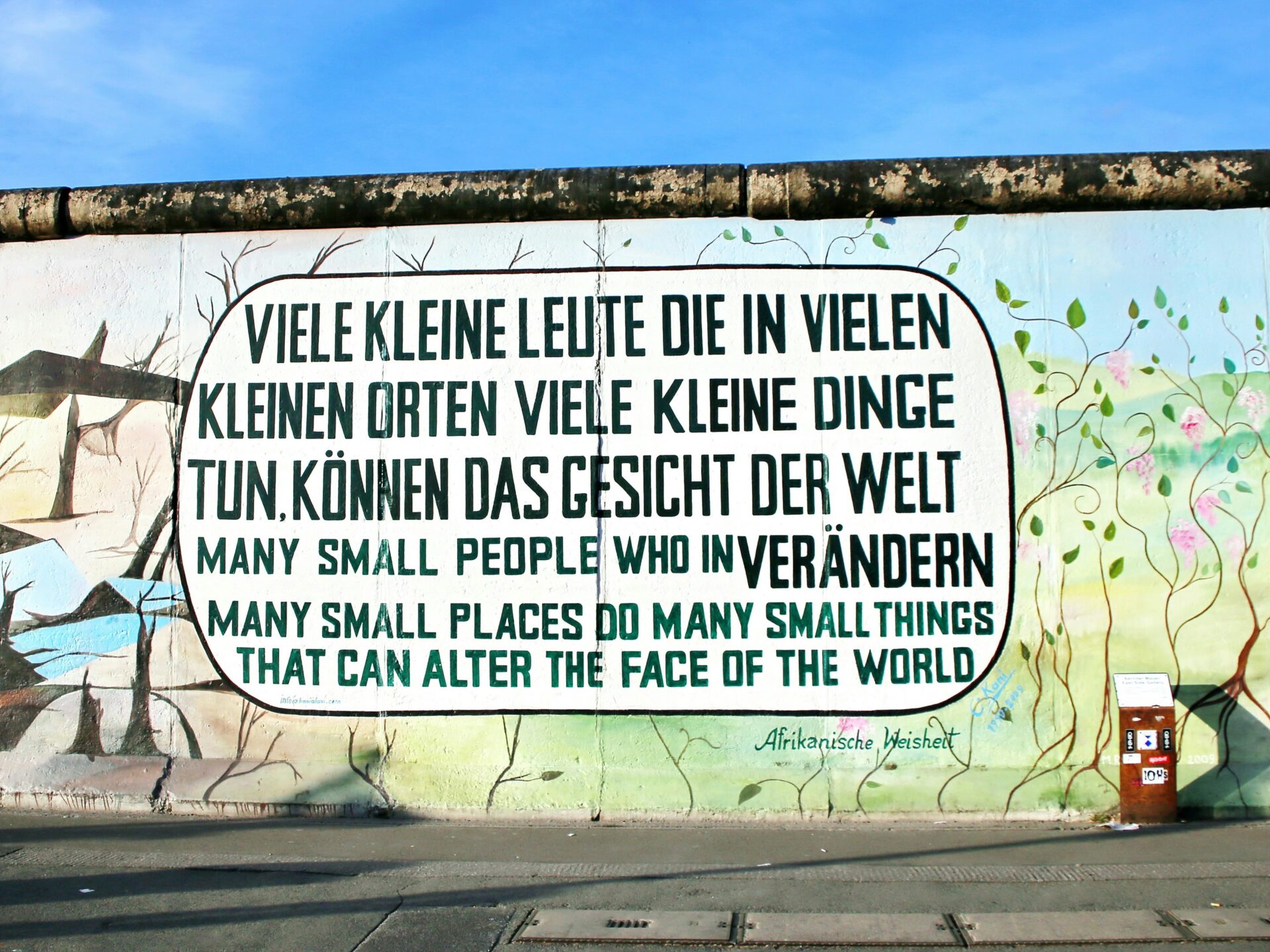
Opening Hours and Accessibility
The Berlin Wall Memorial’s outdoor area never really closes. I wandered along Bernauer Strasse at all hours, checking out the preserved Wall segments whenever the mood struck. The Visitor Center, though, sticks to a schedule—usually open from 10 am to 6 pm.
Getting around felt pretty easy. Paved paths made it doable for wheelchairs and strollers. Most exhibits are accessible, but, honestly, a couple of observation platforms only have stairs. Service animals? No problem—they’re welcome.
You’ll spot benches, toilets, and info boards scattered throughout the memorial. Even during busy times, I never ran into long lines.

Events and Temporary Exhibitions
All year, the Berlin Wall Memorial hosts events and temporary exhibitions that dig into German division, escape attempts, and reunification. I caught some outdoor film nights, historian talks, and special memorial days.
I checked the official memorial website and the Visitor Center notice boards for schedules. Most events are free, but a handful require tickets. Temporary exhibitions rotate every few months, usually in the Documentation Center or near the main entrance.
Keep an eye out for themed guided tours and hands-on workshops on weekends. They’re especially great if you’re traveling with teens or have a particular interest.
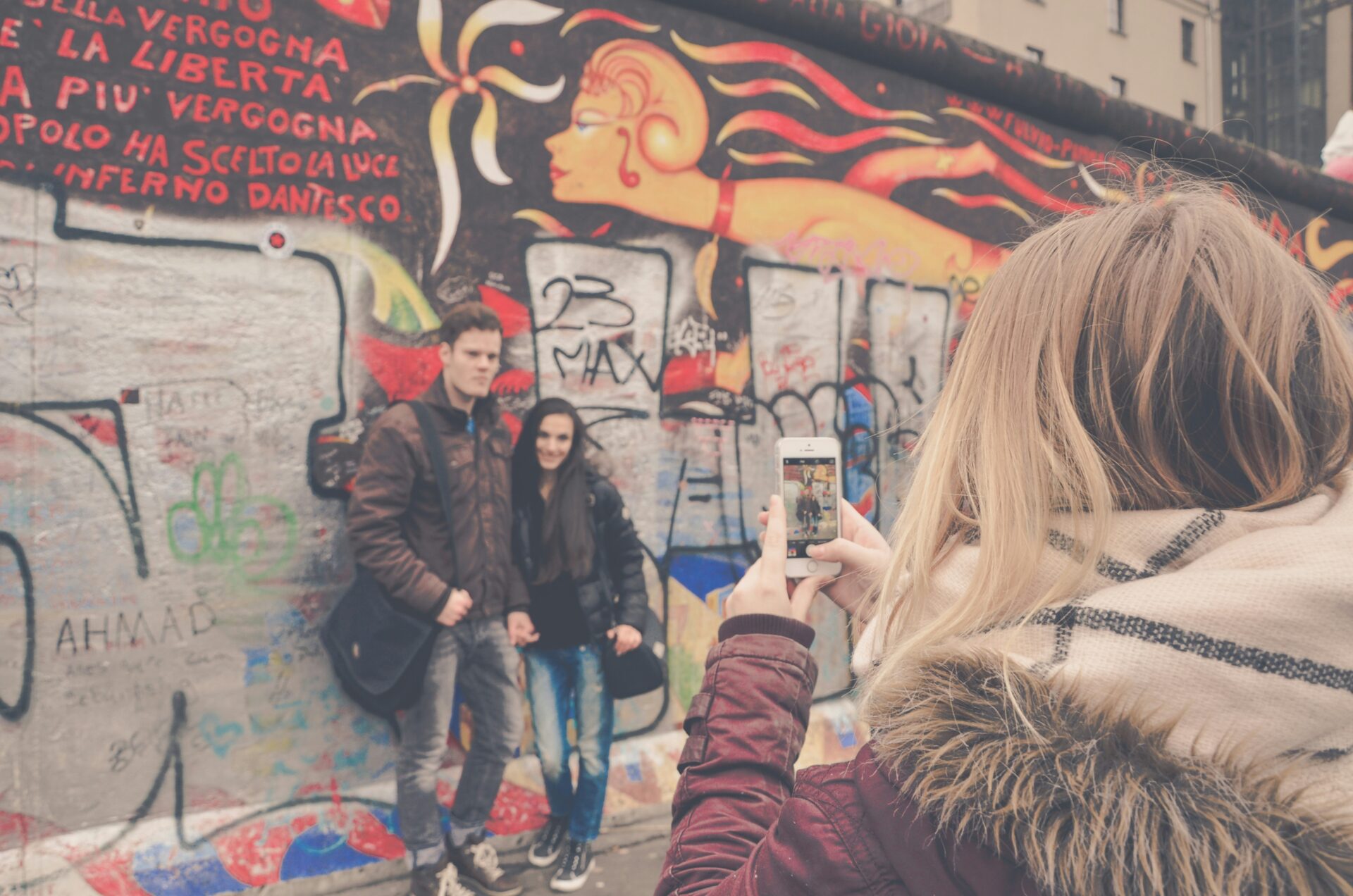
Reaching the Memorial by Public Transportation
Reaching the Berlin Wall Memorial turned out to be a breeze by public transit. I hopped off the S-Bahn at Nordbahnhof, just a short stroll from the main site. U-Bahn Bernauer Strasse station sits nearby too, so it’s easy to get there from anywhere in central Berlin.
Trams and buses stop close if you’re coming from the Brandenburg Gate or other parts of the city. I used a standard Berlin ABC ticket, which covered both S-Bahn and U-Bahn rides.
Signs and maps at both stations point the way. The path felt obvious, even for a first-timer. Honestly, bringing a city transit map or using a phone app makes planning your route almost effortless.
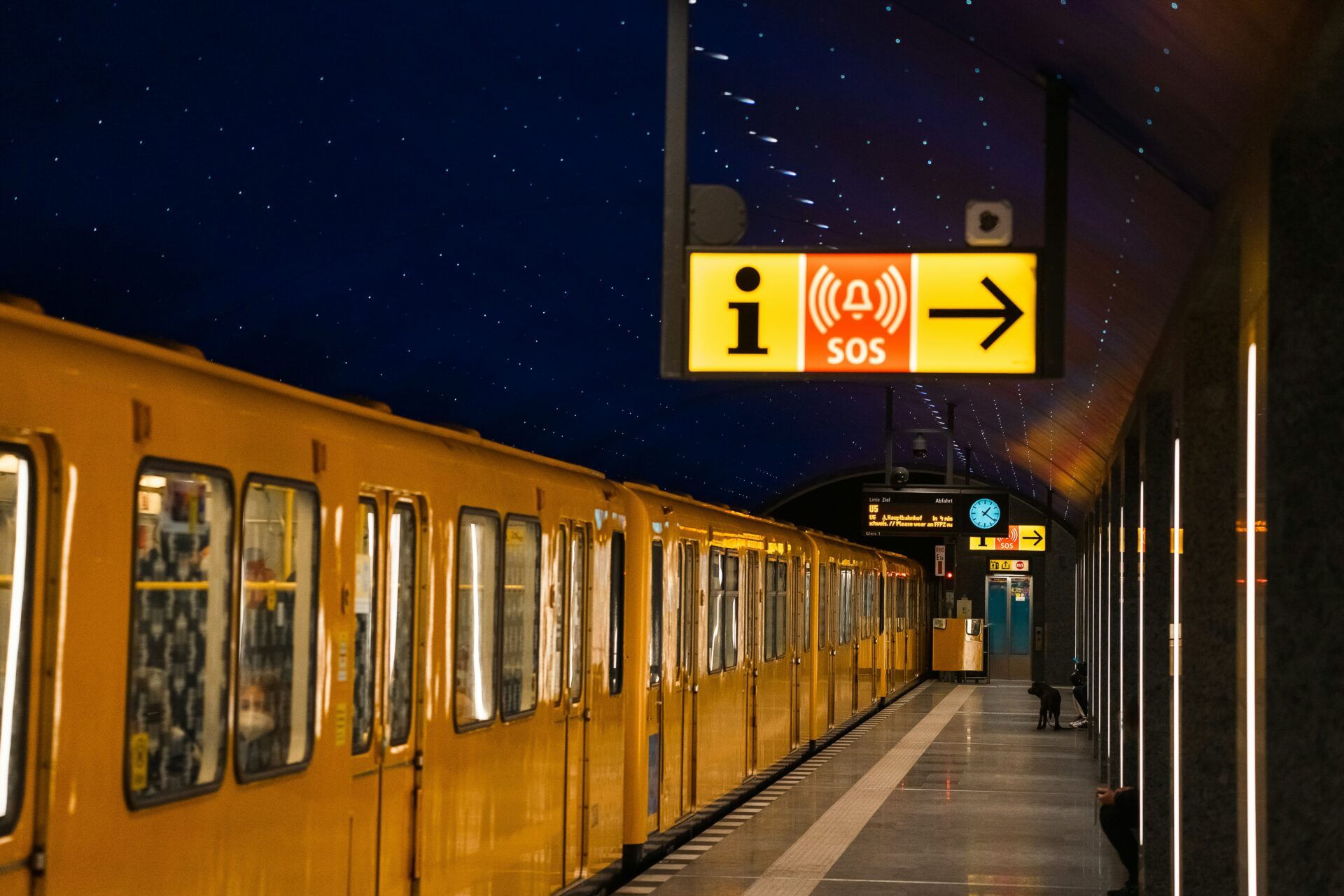
Legacy of the Berlin Wall and Its Impact Today
The Berlin Wall changed Berlin forever. I still notice how its shadow lingers over daily life, history, and especially along Bernauer Strasse.
The Fall of the Berlin Wall and Reunification
November 9, 1989—what a night that must’ve been. I walked the stretch of Bernauer Strasse where the Wall once stood as a solid barrier. You can still feel echoes of division in the city’s vibe.
Reunification happened fast. East and West Germany became a single country again, finally ending years of separation. Along my walk, I found memorials and signs explaining how families and friends reunited overnight.
The Memorial shares stories from those days, capturing both the chaos and the hope. People gathered at the border, celebrating together. The Wall’s fall didn’t just change Berlin—it opened up the city and reconnected people in ways that still matter today.
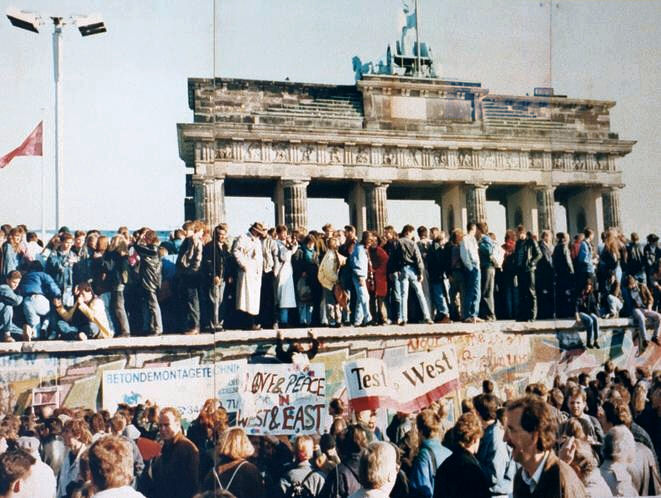
Graffiti and Modern-day Memory
Graffiti covers stretches of the preserved Wall now. Back then, only the West Berlin side got painted, while the East stayed gray and blank. These days, graffiti works as art and protest, filled with messages of hope, peace, and freedom.
Sections with original graffiti feel important. They show how Berliners and visitors have used creativity to process the Wall’s meaning. The bursts of color and wild street art always draw a crowd, mixing memory with expression.
Photos, murals, and handwritten notes fill the place. For me, those layers of paint tell a story just as powerfully as any official document. Graffiti keeps the Wall’s history alive in a way words alone just can’t.
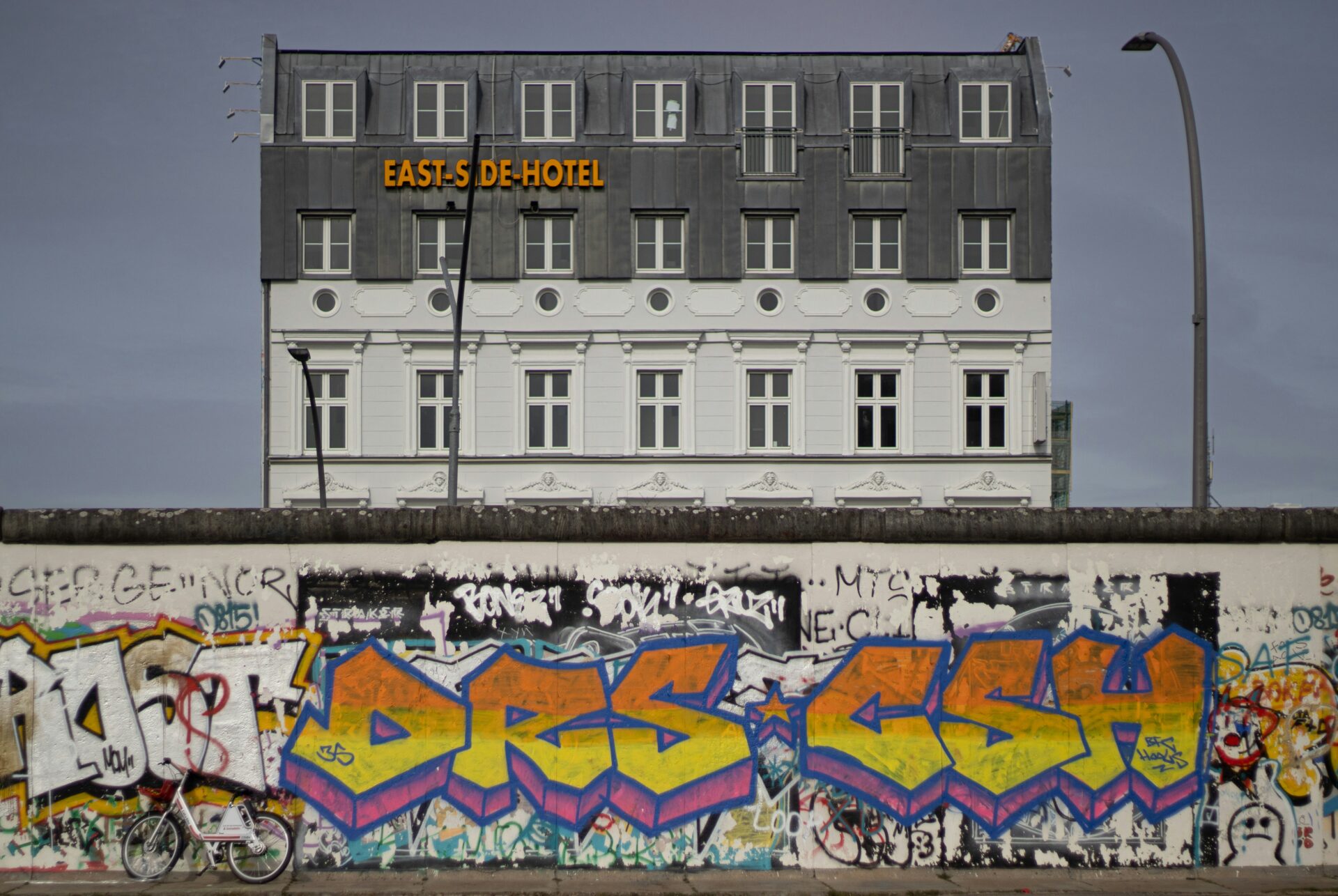
Role of the East German Government
The East German government built the Wall in 1961 to stop citizens from heading West. That decision created an iconic symbol of the Cold War. At the Memorial, I saw how border guards, watchtowers, and strict rules made escape nearly impossible.
This approach changed everything—families split apart, whole streets transformed, especially along Bernauer Strasse. Official propaganda called it an “Anti-Fascist Protection Rampart,” but honestly, most people I’ve talked to think it was really about control.
Understanding these choices helps me grasp why the Wall still stirs up such strong feelings. The Memorial’s displays share first-hand accounts and original documents from the era, piecing together the whole picture.

Influence on Berlin as a City
The Wall’s old path still shapes how Berlin feels and moves. Some streets feel oddly quiet, while Bernauer Strasse buzzes with curious visitors drawn to its story.
The city keeps places like the Memorial standing, so no one forgets what happened here. You’ll spot plaques, museums, and parks marking Cold War sites all over town.
I’ve wandered those streets and noticed how modern buildings hug preserved Wall segments. That mix gives Berlin a unique vibe—part gritty history, part fresh energy.
For a lot of Berliners, the Wall isn’t just history; it’s woven into daily life. I watched new generations discover its story through guided walks and exhibits, keeping the memory alive in a way that feels real and important.

